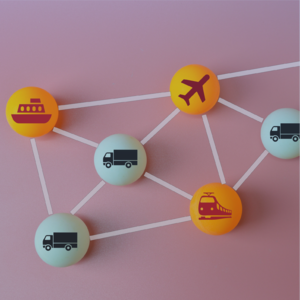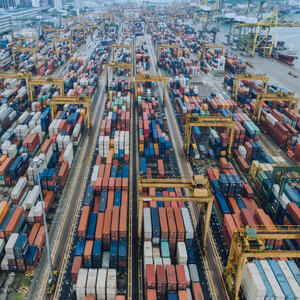When a company engages in any activity, it faces various situations and challenges that could threaten its results. Therefore, to ensure smooth operations, a company must implement proper supply chain risk management to mitigate the impact of these challenges. In today's article, we'll explore the importance of this process, the most common risks, and the strategies to avoid them.
What is Supply Chain Risk Management?
Supply chain risk management is the systematic process of identifying, assessing, and mitigating risks that may affect any part of the supply chain. This process is essential to ensure the continuous flow of goods and services from the supplier to the final customer. It includes planning and implementing strategies to prevent or minimize the impact of adverse events that could disrupt normal operations. Risk management encompasses all aspects of the supply chain, from raw material procurement to final product delivery.

Importance of Risk Management
Supply chain risk management is crucial to ensuring resilience and operational excellence. A proactive approach to risk management allows companies to anticipate and prepare for potential disruptions, reducing financial losses and protecting the company's reputation. Additionally, effective risk management can enhance decision-making and provide a competitive advantage by enabling a swift and appropriate response to emerging problems. Successfully managing risks also boosts investor and customer confidence, ensuring the long-term sustainability of the business.
Main Types of Risks in the Supply Chain
There are various types of risks that can affect the supply chain:
- Financial risks: include fluctuations in raw material costs and changes in exchange rates.
- Operational risks: refer to production interruptions, quality issues, or equipment failures.
- Strategic risks: may arise from poorly based business decisions or market shifts.
- Compliance and regulatory risks: involve non-compliance with legal regulations and industry standards.
- External risks: include natural disasters, geopolitical conflicts, and climate change, which can significantly impact the supply chain.
Risk Identification in the Supply Chain
The first step in working on supply chain risk management is identifying the types of challenges that could affect it. Below are different practices to detect these challenges and act accordingly.
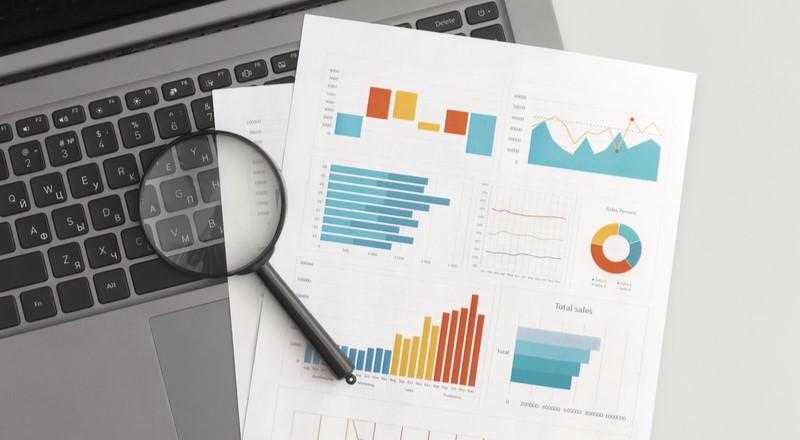
Vulnerability Analysis
Vulnerability analysis is a key step in identifying risks in the supply chain. This process involves examining each component of the chain to detect weak points that may be susceptible to disruption. Vulnerabilities can be present in production facilities, logistics processes, technological infrastructure, and supplier relationships. Identifying these weaknesses allows companies to develop specific strategies to strengthen the weakest areas and reduce the risk of supply chain failures.
Assessment of Potential Impacts
Evaluating potential impacts is crucial to understanding the consequences of identified risks. This analysis enables the prioritization of risks based on their likelihood and degree of impact on operations. Factors such as disruption duration, associated costs, and recovery capability should be considered. By quantifying these impacts, companies can focus resources on mitigating the most significant risks and develop effective contingency plans. This evaluation also helps justify investments in preventive measures and response systems.
Tools and Techniques for Risk Identification
Several tools and techniques are available for identifying risks in the supply chain. The SWOT analysis (Strengths, Weaknesses, Opportunities, and Threats) is a common methodology that helps identify and assess internal and external risks.
Cause and effect diagrams (also known as Ishikawa diagrams) enable visualization of the potential causes of problems.
Scenario analysis and simulation help anticipate how different situations could affect the supply chain.
Additionally, risk audits and supplier assessments are essential to identify potential threats in the early stages of the chain.

3 Risk Mitigation Strategies in the Supply Chain
Once the risks that the supply chain faces have been detected, it's time to prevent and solve them. Here are three strategies for mitigating supply chain risks.
Supplier Diversification
One of the most effective strategies to mitigate supply chain risks is supplier diversification. Having multiple suppliers reduces dependency on a single source and minimizes the impact of supply interruptions. This strategy also allows companies to negotiate better terms and conditions while improving responsiveness to changes in demand. Diversification should be carefully managed to ensure that all suppliers meet the required quality and delivery standards.
Implementation of Advanced Technology
Advanced technology plays a crucial role in supply chain risk management. The implementation of enterprise resource planning (ERP) systems and Supply Chain Management software complete, real-time visibility of operations. These tools facilitate problem detection and informed decision-making. Additionally, technologies such as the Internet of Things (IoT), artificial intelligence (AI), and Big Data analytics can enhance predictability and responsiveness to adverse events, thus increasing supply chain resilience.
Contingency Planning
Contingency planning is an essential strategy for mitigating supply chain risks. It involves developing detailed plans that specify how to respond to different types of disruptions. These plans should include procedures for internal and external communication, resource reallocation, and the restoration of normal operations. Contingency planning also entails conducting drills and tests to ensure personnel are prepared and that the plans are effective. Having well-designed contingency plans can make the difference between a quick recovery and prolonged disruption.
Monitoring and Controlling Risks
Once potential risks have been identified and relevant strategies applied to resolve them, it is necessary to monitor these risks to keep them under control.
Key Performance Indicators (KPIs)
Using Key Performance Indicators (KPIs) is essential for monitoring and controlling risks in the supply chain. KPIs are specific metrics that allow performance measurement in different aspects of the chain and detect possible deviations from goals. Common KPIs include order cycle time, inventory level, order fulfillment rate, and product quality. Establishing and tracking these indicators enables companies to quickly identify problem areas and take corrective action before issues escalate into crises.
Real-Time Tracking Systems
Real-time tracking systems are essential tools for effective supply chain monitoring. These systems use technologies such as IoT and GPS tracking to provide real-time data on product location and status. Real-time visibility allows companies to proactively react to any disruptions, such as transportation delays or quality issues. Additionally, these systems enhance communication and coordination among different supply chain stakeholders, improving efficiency and reducing response times.
Periodic Audits and Evaluations
Periodic audits and evaluations are crucial for ongoing risk control in the supply chain. These activities involve regularly reviewing processes, procedures, and risk management practices to ensure their effectiveness and compliance with regulations. Audits can identify areas for improvement and provide recommendations to optimize risk management. Additionally, periodic supplier evaluations ensure that quality and compliance standards are maintained, reducing the risk of supply chain failures.
Effective Supply Chain Risk Management Leads to Success
Supply chain risk management is an essential component for ensuring continuity and operational efficiency in businesses. Identifying and mitigating potential risks enables organizations to anticipate problems and respond proactively, minimizing the impact of disruptions. Strategies such as supplier diversification, advanced technology implementation, and contingency planning are key to building a resilient supply chain with high responsiveness. Moreover, continuous monitoring through KPIs, real-time tracking systems, and periodic audits ensures effective and sustainable risk management.
At Imperia, we work to ensure our clients have complete control over their supply chain. By optimizing every process and minimizing risks to maximize efficiency and competitiveness. If you want to learn more about our tool, don't hesitate to request a free demo with our experts.

Enter your email and download the content
In supply chain management, identifying key elements that require special attention can make the difference between success and failure.











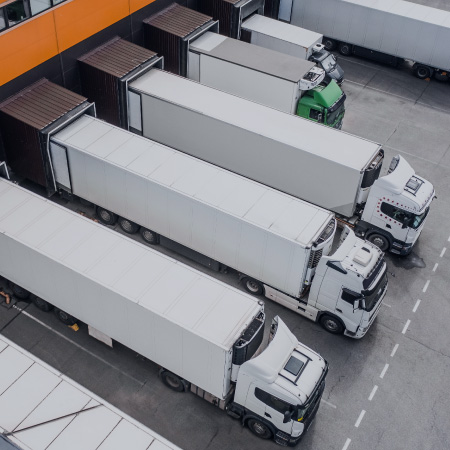












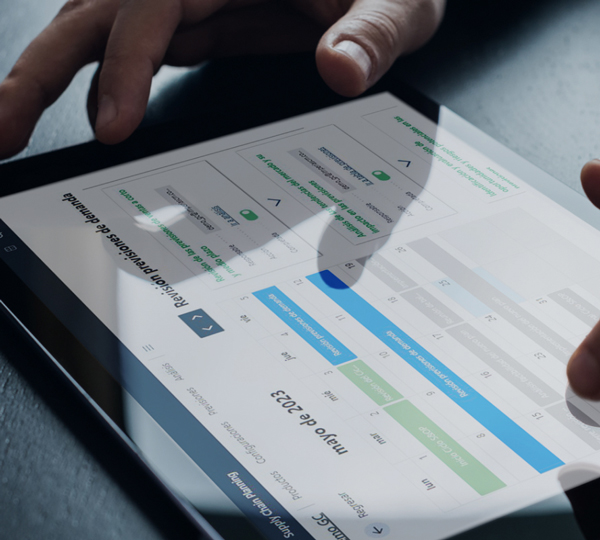
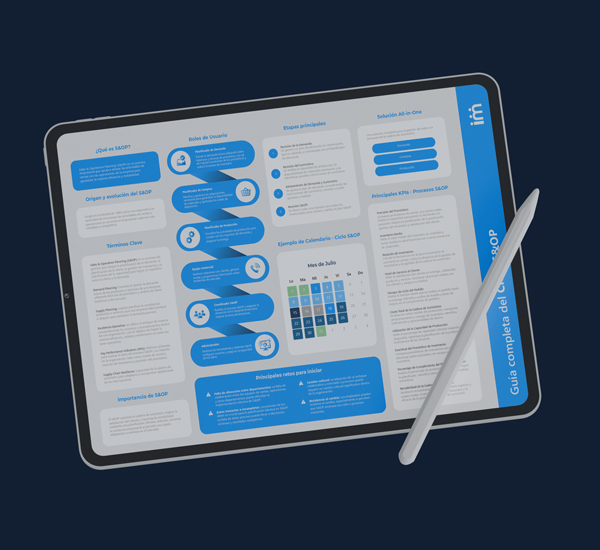







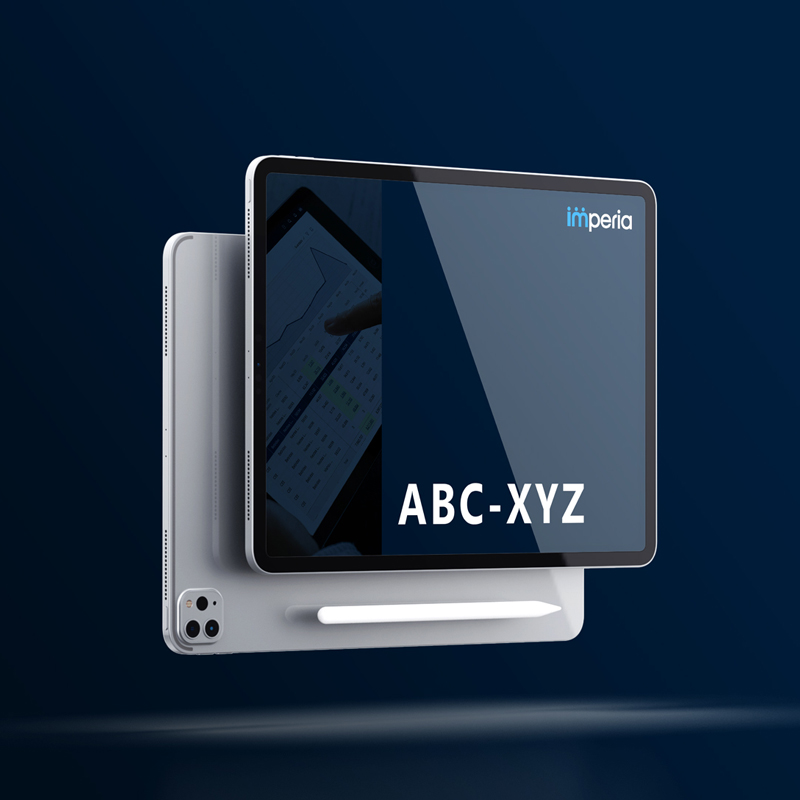


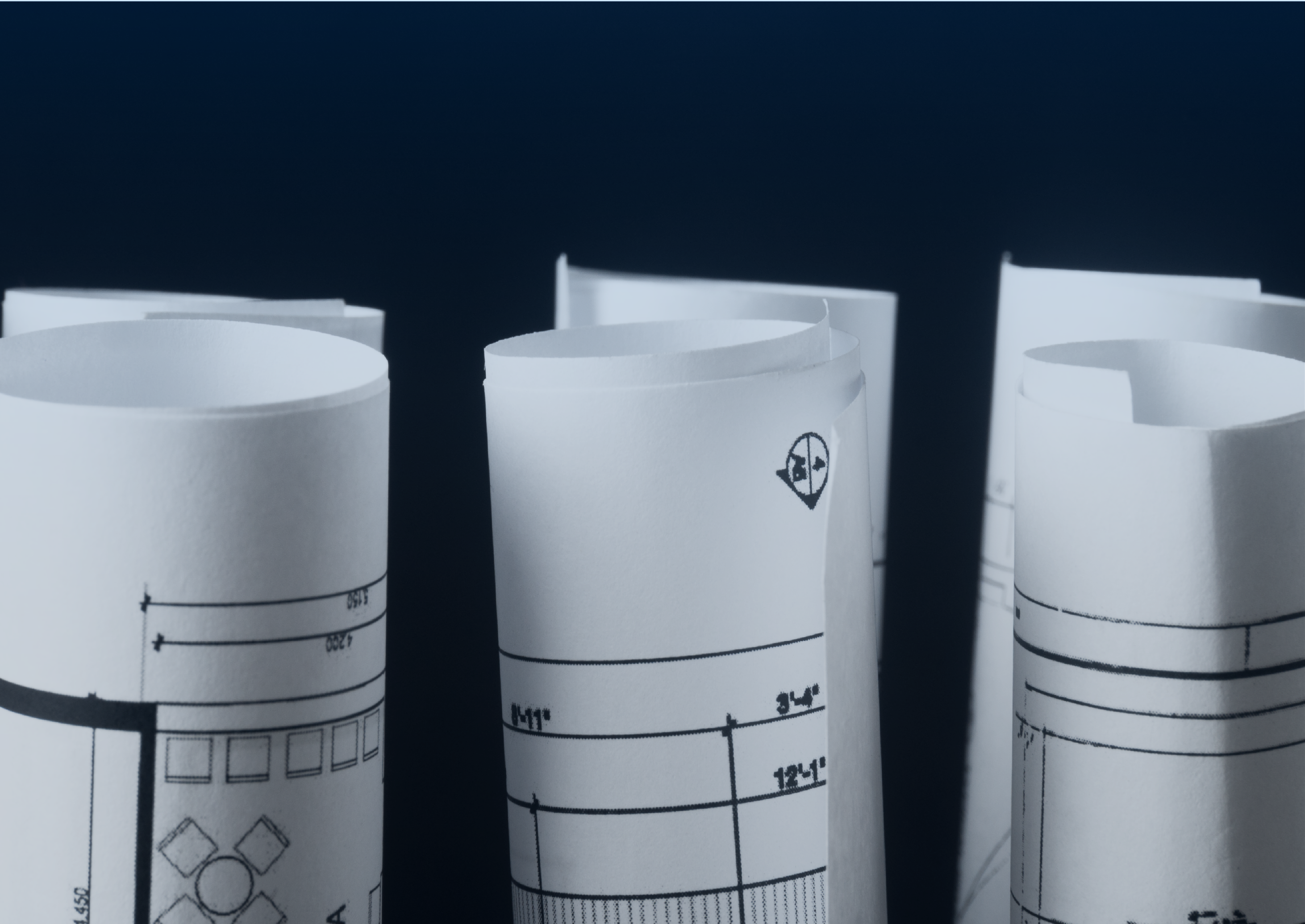


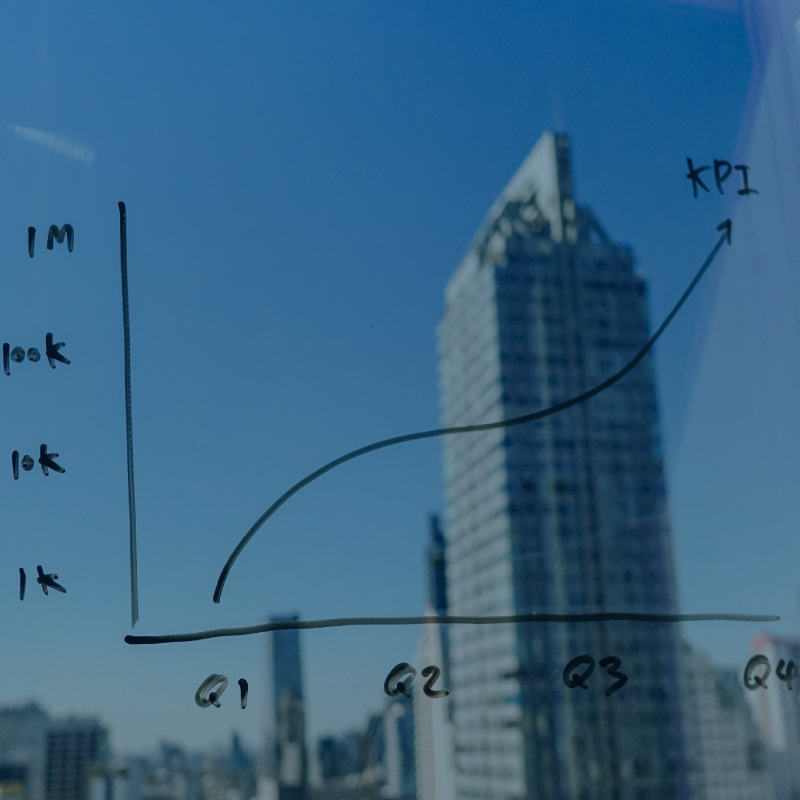





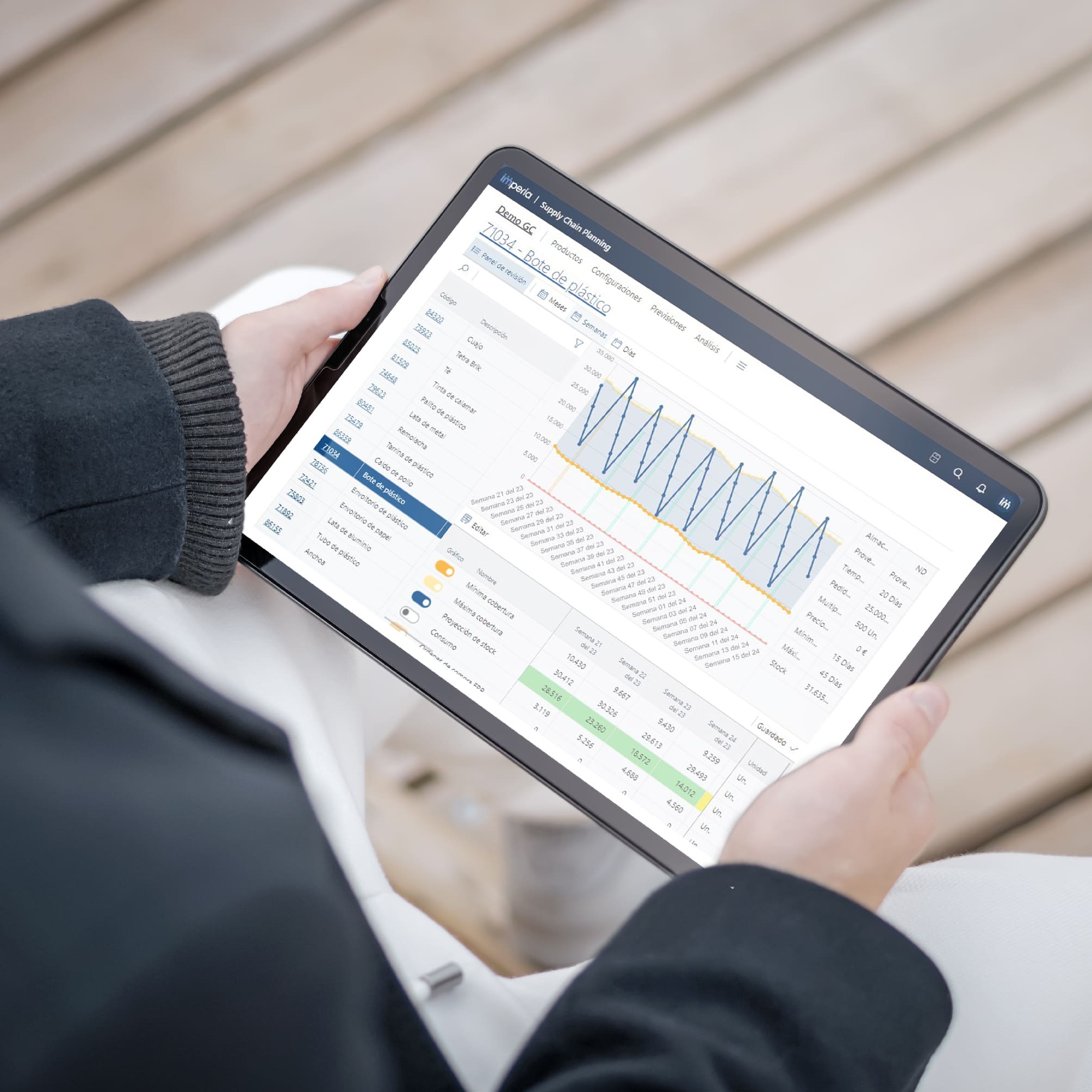

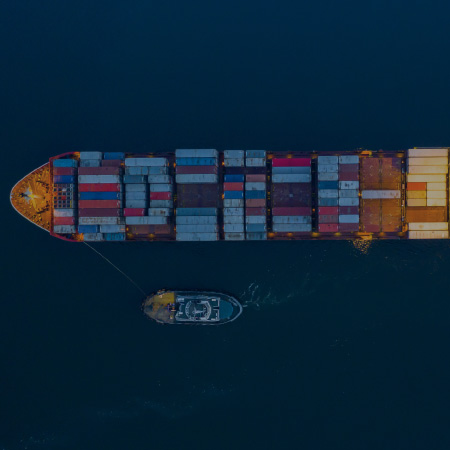













 Imperia_thumbnail.jpg)












